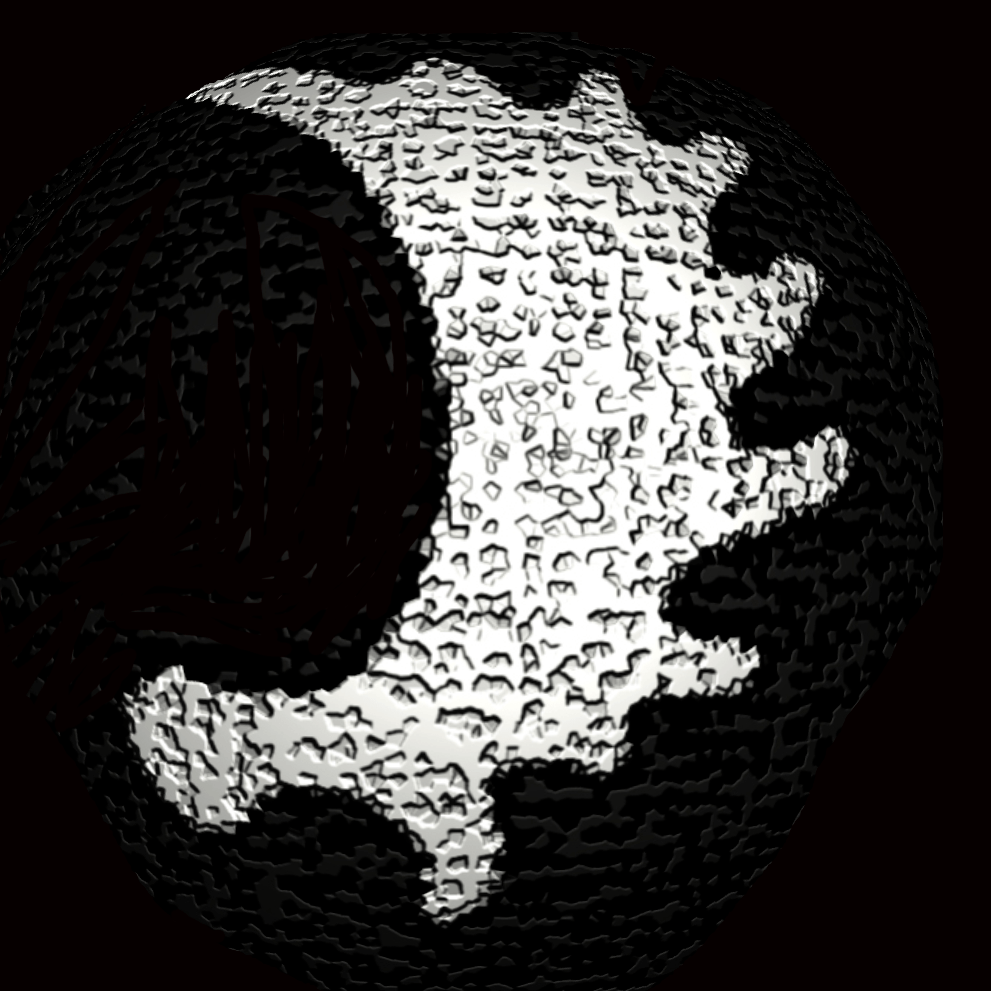This historic map shows migration routes of Baltic Germans in 1939. This migration was voluntary, administered by the German government, in order to safely re-settle all ethnic Germans back into the Reich.

Migration routes of Baltic Germans to Greater Germany (Grossdeutschland) in 1939
You may wonder…why were there so many Baltic Germans in Latvia and Estonia, as well as Germans in Lithuania and Russia not even shown on this map? The answer goes back mostly to the Teutonic Knights and partially to rulers in the 18th century, such as Katherine the Great, who actively sought German farmers, craftsmen and professionals for Russia and the Russian controlled States. That is why, according to the 1939 census, there were 1,424,000 Germans living in the Soviet Union.
The German Teutonic Knights created a Monastic State of the Teutonic Order and ruled the lands along the Baltic Sea for 300 years, from 1226 to 1525. This state was independent of the German Holy Roman Empire but it sought colonists and temporary crusaders from the Empire and received moral support and religious rights from the Vatican.

After the Order’s dissolution in 1525 and conversion to Lutheranism, the State of Prussia was born. In the other parts of their former State, the German population became the administrators, merchants, and large landholders who maintained their language and culture. They were known as Baltic Germans and remained as such for another 400+ years until 1939, when they were voluntarily resettled into various parts of the German Reich.
An interesting feature of this map is that it shows where Germans from the former Teutonic State still lived in 1939 and where in the Reich they were re-settled.
The map is dated 1939… after the defeat of Poland… which no longer existed at this time. Germany annexed its former territory that was lost due to the Versailles Treaty of 1919 and split the rest of Poland with Russia. The Memel territory, which was taken by Lithuania after WWI, was also returned to Germany in 1939. As part of the German-Soviet Nonaggression Pact, a treaty between Russia and Germany, Russia annexed Lithuania, Latvia and Estonia… but only after all ethnic German migrations were completed.
By 1941, the German-Russian Treaty was broken…Germany invaded Russia and took control of the Russian half of Poland plus Lithuania, Latvia and Estonia and a large part of Russia itself. This dramatic turn of events allowed some ethnic Germans to migrate back to their previous homelands in Lithuania, Poland, Latvia and Estonia.
Of course this resettling was short lived. Starting in 1944 all these people had to flee along with Germans from East Prussia, West Prussia, Pommerania, East Brandenburg, Posen, Silesia and Sudetenland. If they survived, they ended up in East and West Germany. Those who ended up in East Germany were stuck. However, many of the Baltic Germans who made it to West Germany were so wary of communism that they emigrated again, as soon as they were able, to South America, Canada, Australia, England and the United States.

Explore images on brand new products at my stores


